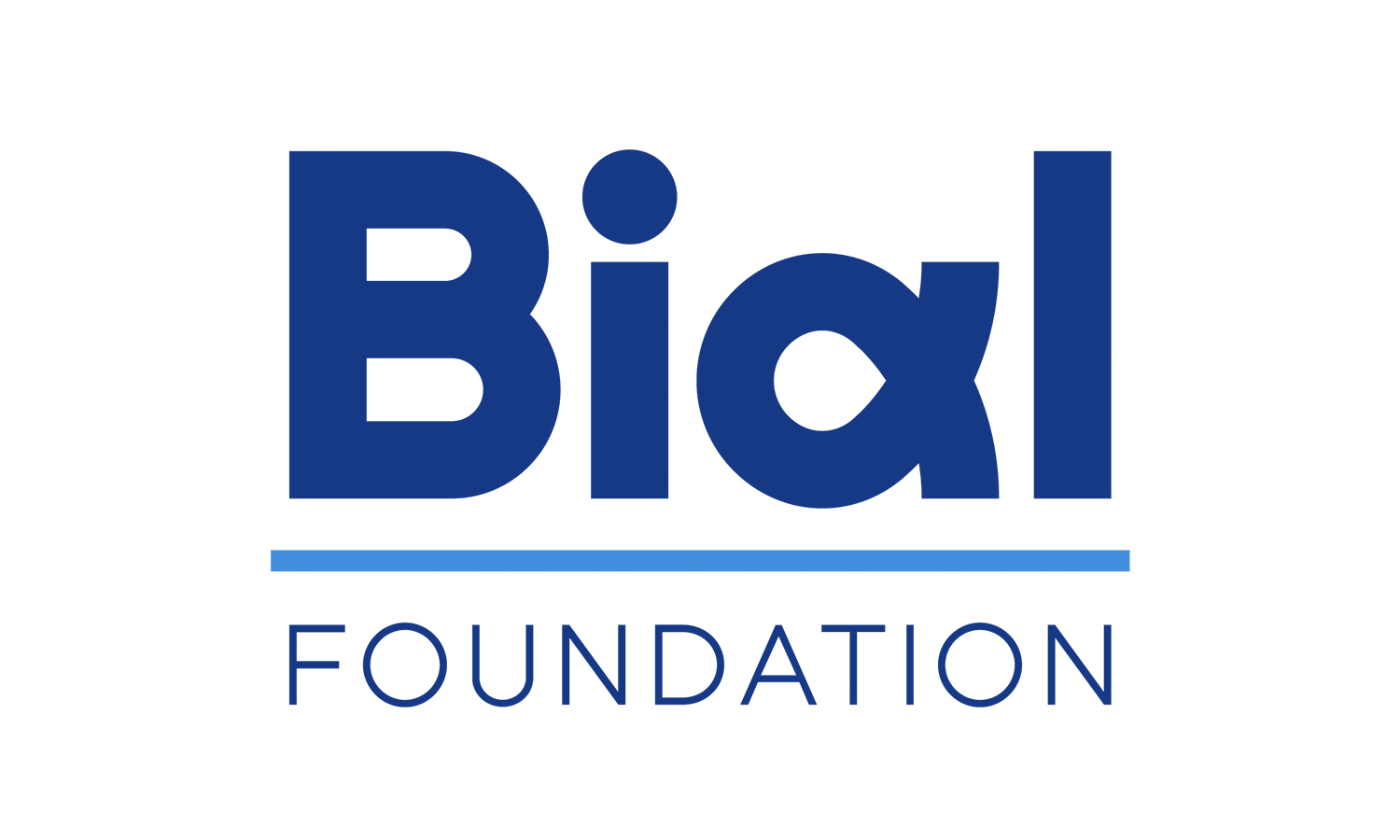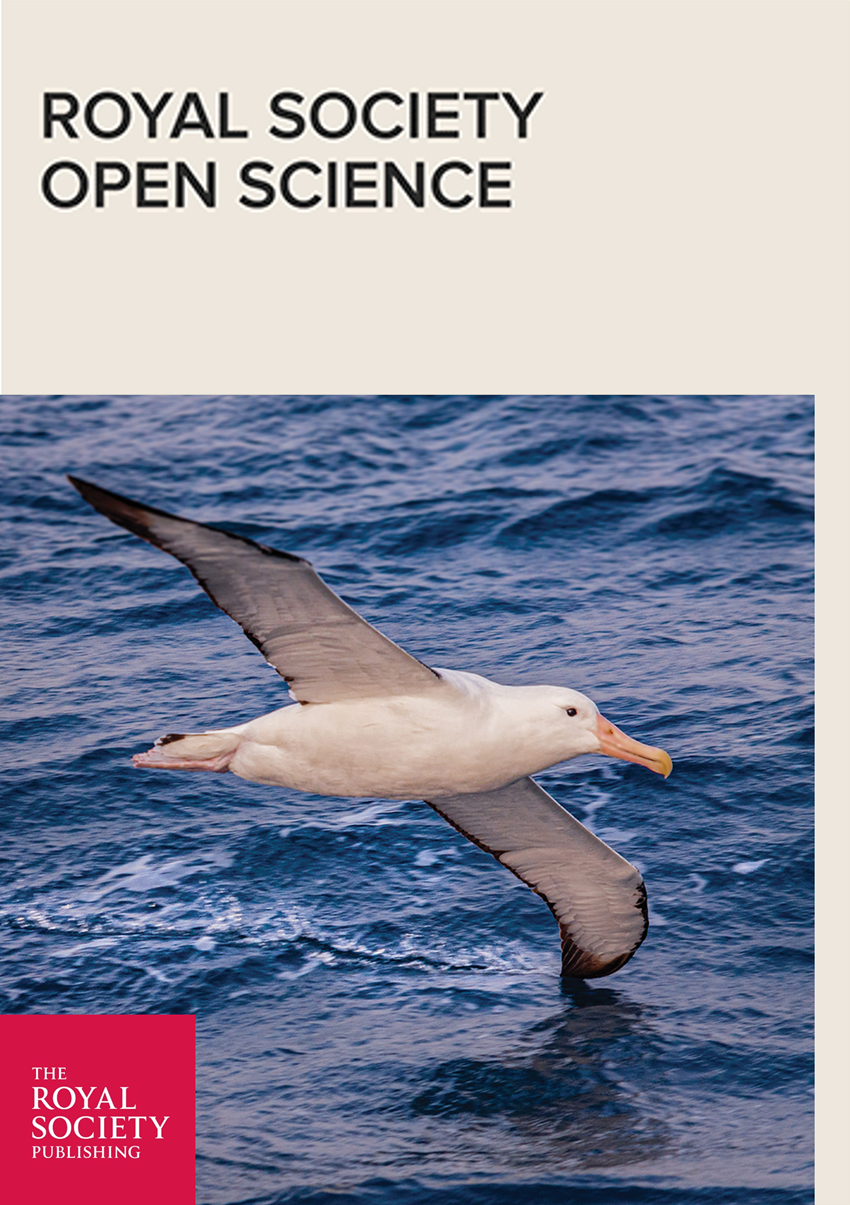The paper Raising the value of research studies in psychological science by increasing the credibility of research reports: the transparent Psi project was published in the journal Royal Society Open Science in the scope of the research project 122/16 - A fully transparent pre-registered replication study of precognitive detection of reinforcement using an expert consensus design, supported by the BIAL Foundation. It was devised a multi-laboratory replication of Daryl Bem's Experiment 1 on precognition, in which the participants were presented with two curtains on the computer screen and had to guess which one hides a picture. The target side (left or right) was determined randomly by the computer after the participant's guess. Data collection was carried out in 10 laboratories from nine different countries, involving 2115 participants. Bem's findings were not replicated, since it was obtained 49.89% successful guesses, while Bem reported 53.07% success rate, with the chance level being 50%.
ABSTRACT
The low reproducibility rate in social sciences has produced hesitation among researchers in accepting published findings at their face value. Despite the advent of initiatives to increase transparency in research reporting, the field is still lacking tools to verify the credibility of research reports. In the present paper, we describe methodologies that let researchers craft highly credible research and allow their peers to verify this credibility. We demonstrate the application of these methods in a multi-laboratory replication of Bem's Experiment 1 (Bem 2011 J. Pers. Soc. Psychol.100, 407–425. (doi:10.1037/a0021524)) on extrasensory perception (ESP), which was co-designed by a consensus panel including both proponents and opponents of Bem's original hypothesis. In the study we applied direct data deposition in combination with born-open data and real-time research reports to extend transparency to protocol delivery and data collection. We also used piloting, checklists, laboratory logs and video-documented trial sessions to ascertain as-intended protocol delivery, and external research auditors to monitor research integrity. We found 49.89% successful guesses, while Bem reported 53.07% success rate, with the chance level being 50%. Thus, Bem's findings were not replicated in our study. In the paper, we discuss the implementation, feasibility and perceived usefulness of the credibility-enhancing methodologies used throughout the project.





































































